 Water resistance and waterproofing
Water resistance and waterproofing
Water-resistant gloves
Although water resistance and waterproofness seem to be similar, they have completely different focuses.
Water resistance usually means that the gloves can maintain stable internal functions and prevent cracking, fading, blistering, etc. on the outside of the gloves after being soaked in water for a long time or repeatedly exposed to water. Waterproof gloves are generally waterproof, but not necessarily water-resistant.

How to make gloves water-resistant?
If you want to make a non-waterproof glove water-resistant, you can try using a water-resistant treatment agent, which is often used on the surface of gloves to form a water-resistant layer to enhance the water resistance of the gloves themselves.
Water-resistant treatment agents can be applied to all gloves. But this is only a temporary solution because the chemicals on the surface are worn away by other substances during long-term use.
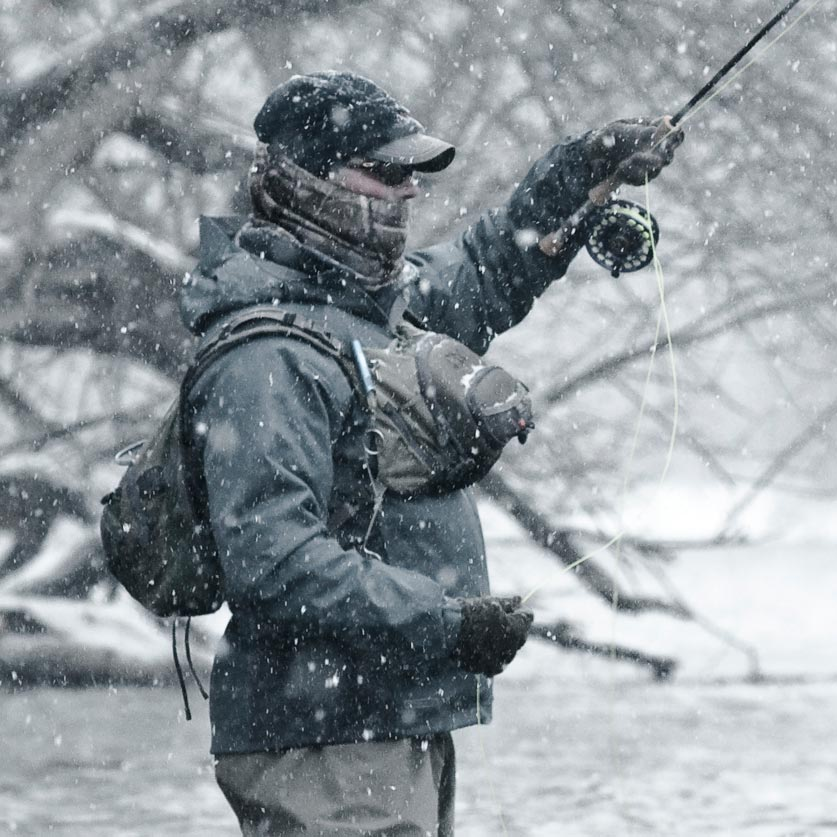
Waterproof Gloves
Waterproofness usually refers to the ability of the material of waterproof gloves or the coating inside the gloves to block water molecules. In layman’s terms, it means that water cannot penetrate into the gloves within a certain period of time.
Rubber, polyvinyl chloride or PU gloves are generally waterproof because they are made of high molecular polymers, unlike fabrics that have small gaps inside, and rubber itself is not easy to absorb water and has an impermeable structure. Therefore, gloves made of this material are not easily penetrated by water and have good waterproofness.
Waterproof lining can also be used for waterproofing leather gloves, knitted gloves and mechanical gloves, which will be discussed below.
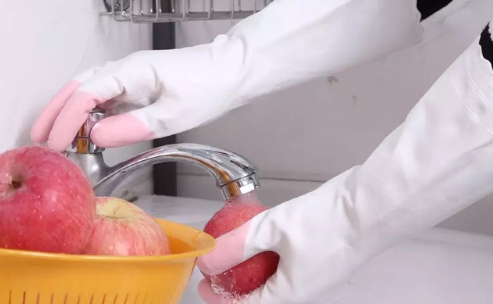
Waterproof lining
Waterproof lining (or anti-permeability layer) is a lining material used to enhance waterproof performance. A layer of waterproof material is often inserted inside the gloves to ensure that the hands are dry and comfortable in a humid environment. You can try to use a double-layer stacking method to enhance the waterproof performance of the gloves.
The gloves can adopt a double-layer waterproof structure of waterproof layer + lining. The outer layer is waterproof, and the inner layer can smoothly discharge moisture from the wearer’s hands to keep the hands dry.
This method can mainly ensure that the gloves are light in weight and more convenient and flexible to use. But there are also certain limitations. If the outer layer of the gloves is damaged, it will affect the waterproof performance of the gloves.
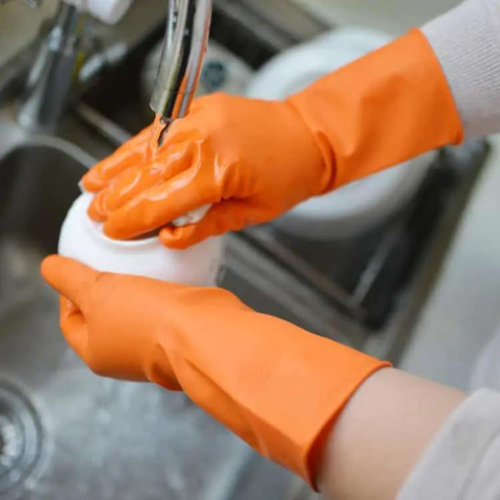
Double layer waterproof structure
If you feel that the above two-layer method is not completely suitable for you, then you can choose the three-layer structure method of outer protective layer + waterproof membrane + lining.
The waterproof membrane is sandwiched between the outer protective layer and the lining of the glove. The outer layer can provide strong mechanical properties such as wear resistance, cutting, and puncture resistance, and the innermost lining can provide warmth, comfort, sweat absorption and buffering for the hands.

Three-layer structure waterproof
Compared with the double-layer structure, the three-layer structure is obviously more durable and breathable. But it is also obvious that its cost is higher than other methods.
And this technology also has disadvantages. Since it is made of three different materials, it may make the gloves very thick, thereby reducing the flexibility and feel of the gloves.
Of course, there are exceptions. In some rope knitted gloves, the waterproof membrane will be pressed between the inner and outer layers. This process can make the three layers of materials integrated, so that the materials will not slide at will, and naturally there will be no difference in the flexibility and feel of the gloves.
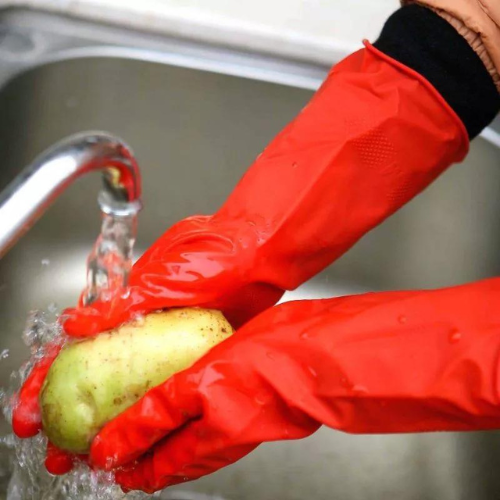
How to choose waterproof gloves?
If you need to choose waterproof gloves, you should know some things first.Generally speaking, when your hands are wet, you not only need to choose the best waterproof gloves for yourself, but also protect yourself from cuts, punctures, abrasions and other possible dangers.
Therefore, before you decide to choose waterproof gloves, you must know the answers to the following questions so that you can better choose the waterproof gloves that are suitable for you.

First of all, does your environment or work require contact with water, splashing or immersion?
If you do not need to immerse your entire hand in water, then waterproof gloves are sufficient. Otherwise, it may be a better choice to choose a water-resistant guard tower.
What other dangers are there?
If you need to go through highly dangerous work, it is recommended that you choose waterproof gloves made with a three-layer structure method.
Will you work in a cold and harsh environment?
If you are sure, please choose waterproof gloves with winter lining, because hands are very easy to frostbite in cold environments. In order to protect your hands from being easily injured, please choose this type of gloves.
Will the water submerge the wrist?
If so, please choose gloves with longer cuffs and waterproof treatment extending all the way to the cuffs. Otherwise, water will penetrate into the cuffs.

Summary
Whether it is water-resistant gloves or waterproof gloves, they can more or less prevent water from penetrating. Therefore, no matter which gloves we choose, they can have good waterproof performance, ensuring that we can work better in a humid environment. If you want to know more about waterproof gloves, please contact us as soon as possible. Aibon will solve all your problems about gloves.
How to Measure Glove Sizes – Source: AIBON
Latex gloves– Source: AIBON
Safety gloves– Source: AIBON
Working gloves– Source: AIBON


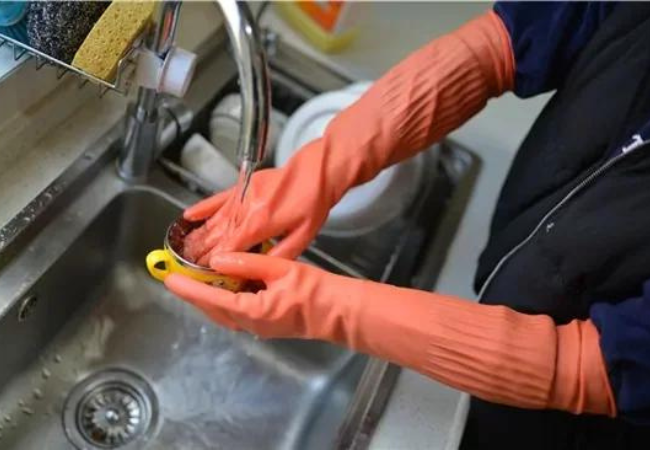 Water resistance and waterproofing
Water resistance and waterproofing